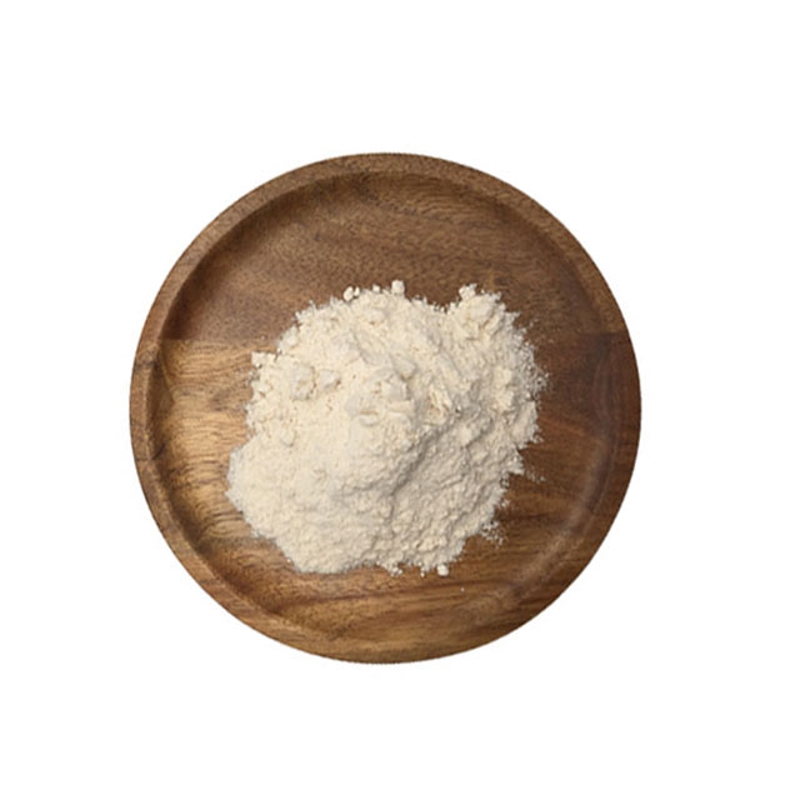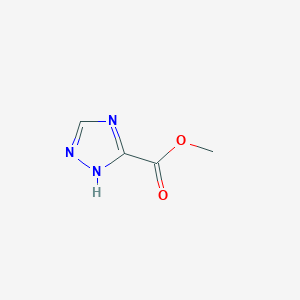-
Categories
-
Pharmaceutical Intermediates
-
Active Pharmaceutical Ingredients
-
Food Additives
- Industrial Coatings
- Agrochemicals
- Dyes and Pigments
- Surfactant
- Flavors and Fragrances
- Chemical Reagents
- Catalyst and Auxiliary
- Natural Products
- Inorganic Chemistry
-
Organic Chemistry
-
Biochemical Engineering
- Analytical Chemistry
- Cosmetic Ingredient
-
Pharmaceutical Intermediates
Promotion
ECHEMI Mall
Wholesale
Weekly Price
Exhibition
News
-
Trade Service
From April 20, 2018 to March 12, 2019, a total of 59 patients were enrolled.
By December 12, 2019, the median follow-up time was 9.
6 months
.
16 of the 47 QD cohort patients achieved objective remission (34%, 95%CI, 20.
9-49.
3), all were PR, and DCR was 68.
1% (95%CI, 52.
9-80.
9)
.
The ORR and DCR of the overall patients were 33.
9% (95%CI, 22.
1-47.
4) and 69.
5% (95%CI, 56.
1-80.
8), respectively
.
Most of the patients' tumors shrank
.
The effect was rapid after medication, and the median TTR was 1.
4 months (range, 0.
9-4.
7)
.
The median DoR in the QD cohort was 6.
2 months (95%CI, 3.
7-9.
2)
.
The median PFS of the QD cohort was 3.
6 months (95%CI, 1.
9-4.
6 months), the median OS was 8.
4 months (95%CI, 4.
7-12.
3 months), and the 6 and 12-month OS rates were 63.
3 %(95%CI, 47.
7-75.
3%) and 36.
3%(95%CI, 21.
9-50.
7%)
.
The overall patient PFS was 2.
8 months (95%CI, 1.
9-4.
6 months), and the rest OS, 6 and 12 months OS rates were also similar to those of the QD cohort
.
The PASSION study is the first to evaluate the application of immune checkpoint inhibitors combined with anti-angiogenic drugs in patients with extensive-stage small cell lung cancer, providing a basis for further development of immune combined anti-vascular therapy
.
Third-line treatment for recurrent SCLC
Third-line and above treatment for recurrent SCLC
The ALTER1202 study determined the standard status of Anlotinib in the third-line and above treatment of SCLC
.
In 2020, the American Society of Clinical Oncology (ASCO) released the subgroup data of short-term recurrence after second-line treatment.
Anlotinib can significantly improve the PFS of patients with relapsed SCLC within 3 months of second-line treatment (median PFS: 3.
98 months vs.
0.
72) Months) and OS (median OS: 7.
29 months vs.
4.
37 months)
.
The 2020 European Society of Medical Oncology Annual Meeting (ESMO) announced that the subgroup of data with liver metastases after second-line treatment showed that Anlotinib can significantly improve the PFS of patients with baseline liver metastases (median PFS: 1.
84 months vs.
0.
71 months) )
.
Anlotinib established its status as a third-line standard treatment based on the ALTER 1202 study.
It has also been approved by the National Food and Drug Administration, recommended by the CSCO guidelines and included in medical insurance
.
The ALTER 1202 study showed that compared with placebo, patients with short-term relapses in second-line patients who used anlotinib significantly prolonged the median PFS by 3.
26 months compared with placebo (3.
98 months vs 0.
72 months, HR=0.
14, P<0.
0001 Compared with placebo, Anlotinib still significantly prolonged OS (7.
29 months vs 4.
37 months, HR=0.
42, P=0.
0059), ORR: 4.
48% vs 2.
94%, DCR: 73.
13% vs 11.
76%
.
Treatment of compound SCLC
Treatment of compound SCLC
Compound small cell lung cancer (C-SCLC) refers to the mixed components of small cell lung cancer and non-small cell lung cancer (NSCLC), in which NSCLC components can be squamous cell carcinoma, adenocarcinoma, large cell neuroendocrine tumor, spindle cell carcinoma , Giant cell carcinoma, etc.
, the mixed components can be one or more
.
Compound SCLC accounts for about 10% of small cell lung cancer.
Pathologically, the components of small cell lung cancer are accompanied by varying amounts of other non-small cell carcinoma components (which can be distinguished morphologically)
.
Compared with pure small cell lung cancer, surgical treatment has great benefits, is relatively insensitive to radiotherapy and chemotherapy, and is potentially effective for EGFR-TKI
.
The treatment of compound SCLC still lacks large-sample prospective randomized controlled clinical research data, most of which are small-sample retrospective analysis and case reports
.
Therefore, the current major guidelines classify compound SCLC as small cell lung cancer and adopt the same treatment model
.
For the treatment of compound SCLC, grade I and grade II recommendations refer to pure small cell lung cancer; in the grade III recommendation, for patients with reduced lesions after treatment, multidisciplinary discussion is recommended, and for those who are clinically resectable, surgical treatment should be considered; For patients with adenocarcinoma components, it is recommended to carry out driver gene testing to determine whether targeted therapy can be carried out; repeat biopsy is encouraged after drug resistance; and patients are encouraged to participate in clinical trials
.
Treatment of transformative SCLC
Treatment of transformative SCLC
This guideline update adds recommendations for the treatment of transformative SCLC for the first time
.
In the course of NSCLC disease, the histological type can be transformed into SCLC, which is collectively referred to as transforming SCLC
.
Transformative SCLC and classic SCLC have similarities in pathological morphology, molecular characteristics, clinical manifestations and drug sensitivity, but they cannot be completely classified as classic SCLC, and may be classified as a new SCLC subtype
.
In terms of overall treatment strategy, treatment is stratified according to disease progression, and standard SCLC chemotherapy regimens are adopted for patients with rapid systemic progression; patients with slow local progression should adopt standard SCLC chemotherapy regimens or continue the original EGFR-TKI+ local treatment; system is slow For advanced patients, refer to the original treatment plan on the basis of chemotherapy
.
Adhering to the principle of taking both evidence and feasibility into consideration, the 2021 version of the guidelines will continue to play the role of a tool for SCLC clinical diagnosis and treatment, and standardize the clinical diagnosis and treatment behavior of SCLC in China, and improve the prognosis of SCLC patients
.
The CSCO guide fully integrates China's national conditions and research progress at home and abroad to become a universal guide with Chinese characteristics, in line with China's SCLC diagnosis and treatment practice, and also covers the latest results of international research, so that our SCLC guidelines are in line with international standards
.
Reference source: 2021 CSCO Guidance Meeting
The picture in the article is from the PPT screenshot of the CSCO guide meeting meeting







